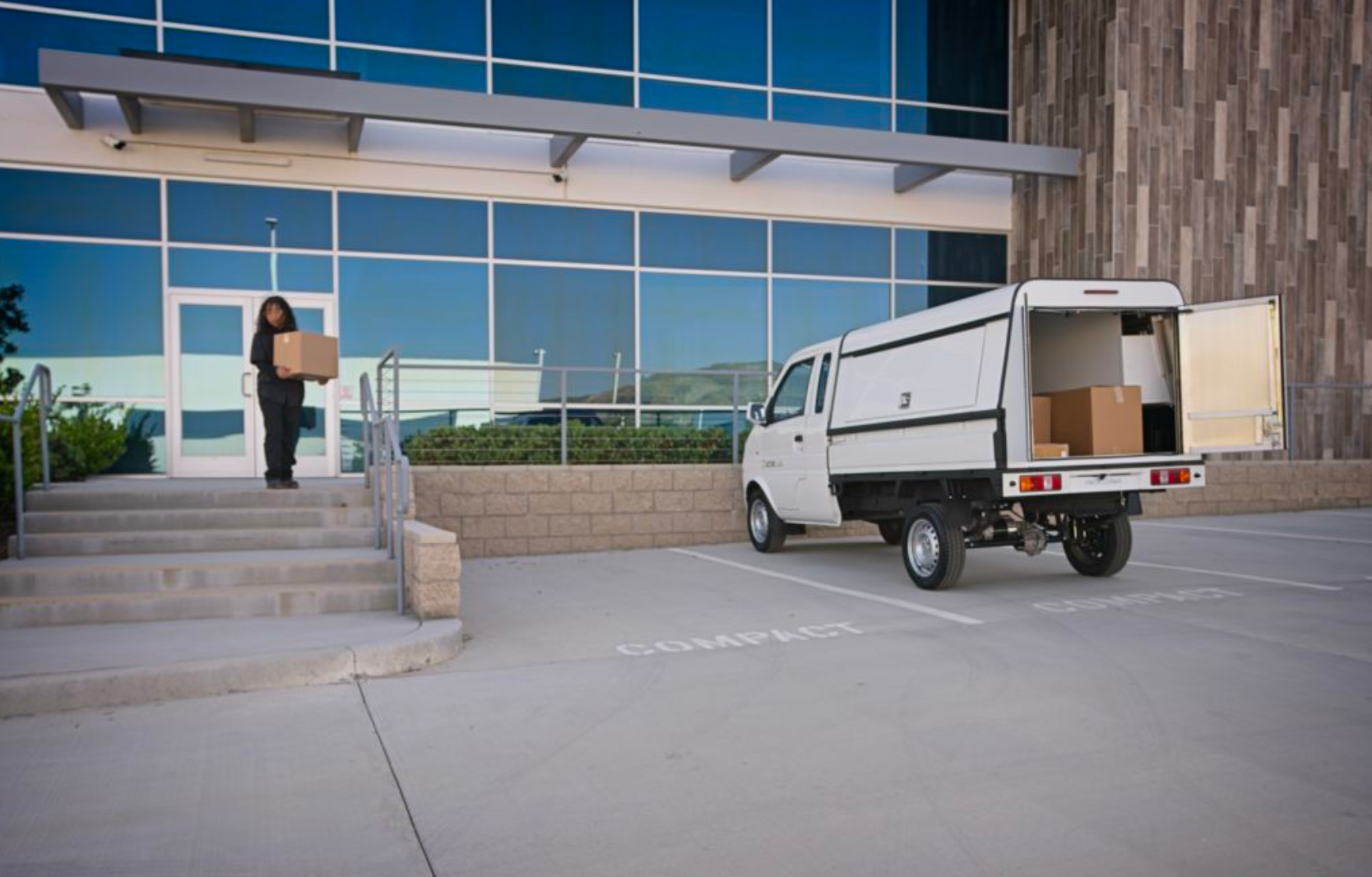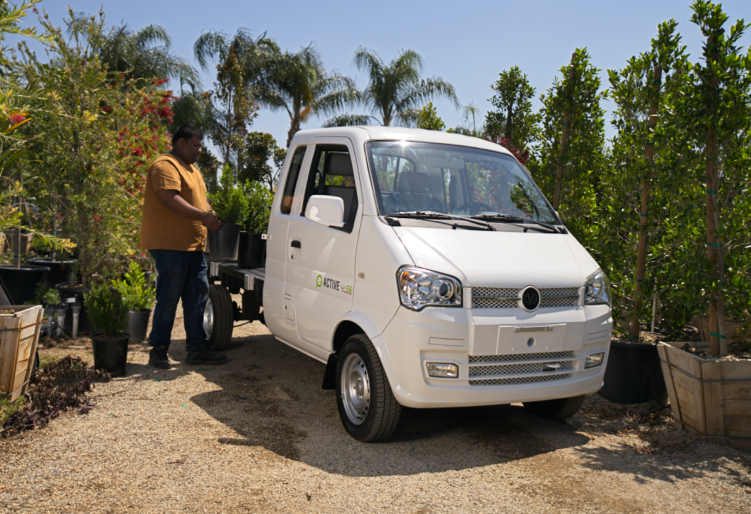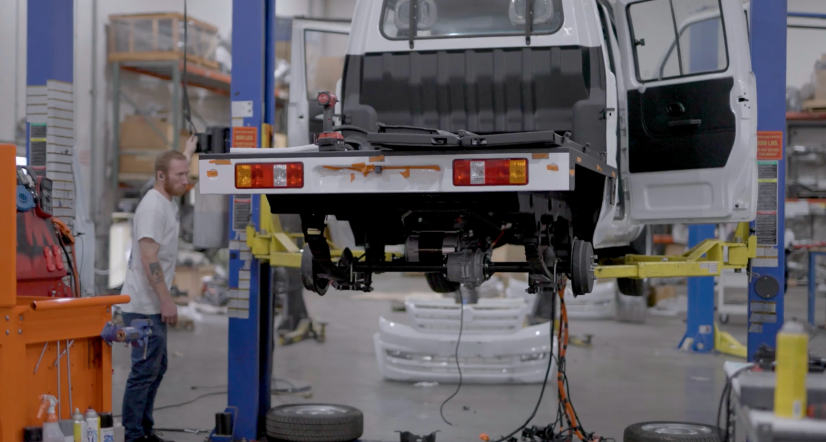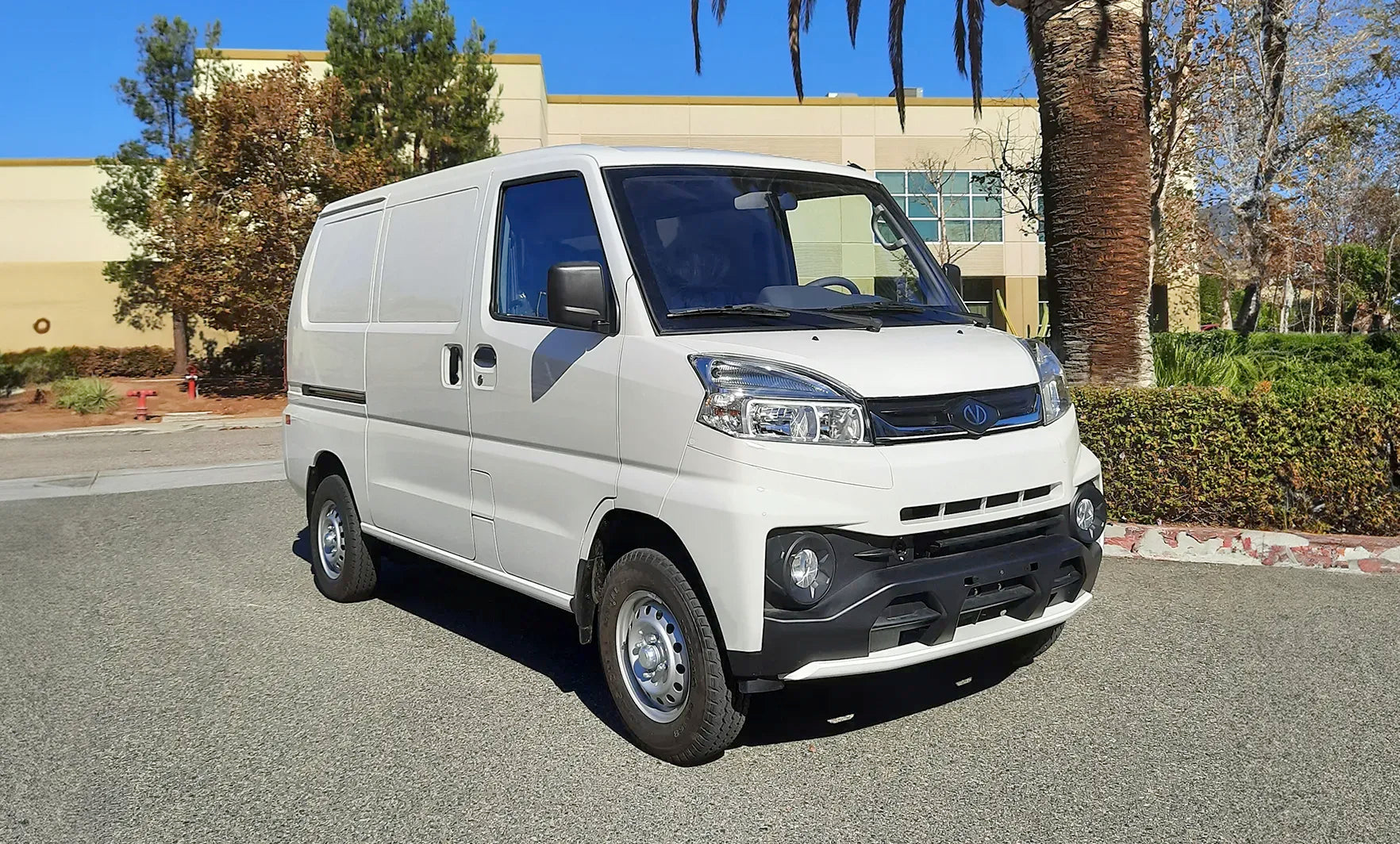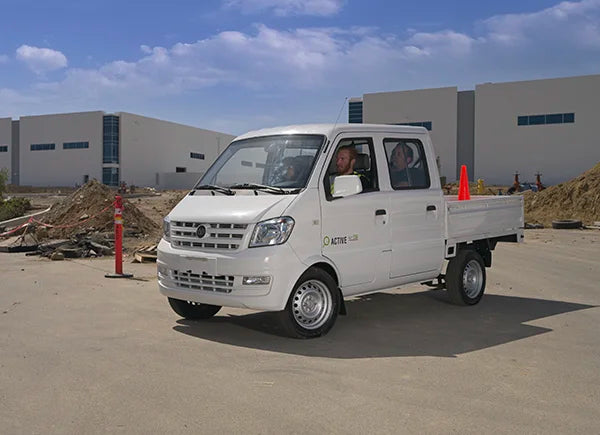
What Is a Low-Speed Vehicle?
A low-speed vehicle is a class of street-legal vehicle defined as a four-wheeled motor vehicle that has a maximum speed of 20 to 25 miles per hour. Typically used for short-distance transportation, they are engineered to provide practical, cost-effective alternatives to full-size vehicles in settings where high-speed travel isn’t required.
Low-speed vehicles (LSVs) are more than just glorified golf carts—they are roadworthy vehicles built with specific safety and performance features that allow them to function legally and efficiently in a variety of environments. From campus maintenance to neighborhood transport, low-speed vehicles have become indispensable assets for modern organizations seeking convenience and savings.
Low-Speed Vehicle Regulations
Because these vehicles operate on public roads, they must meet federal regulatory standards set by the Department of Transportation (DOT) and the National Highway Traffic Safety Administration (NHTSA). Each LSV vehicle must be manufactured to comply with Federal Motor Vehicle Safety Standard (FMVSS) 500.
According to these regulations, a low-speed vehicle must include various features, such as:
- Windshield (DOT-approved)
- Seat belt assembly (Type 1 or Type 2)
- Headlights, taillights, and brake lights
- Front and rear turn signals
- Side and rearview mirrors
- Parking brake
- Reflectors
- Horn
- Vehicle Identification Number (VIN)
In addition to federal standards, individual states may impose additional rules or registration requirements. Businesses should always verify state and local regulations before deploying LSVs in operational settings.
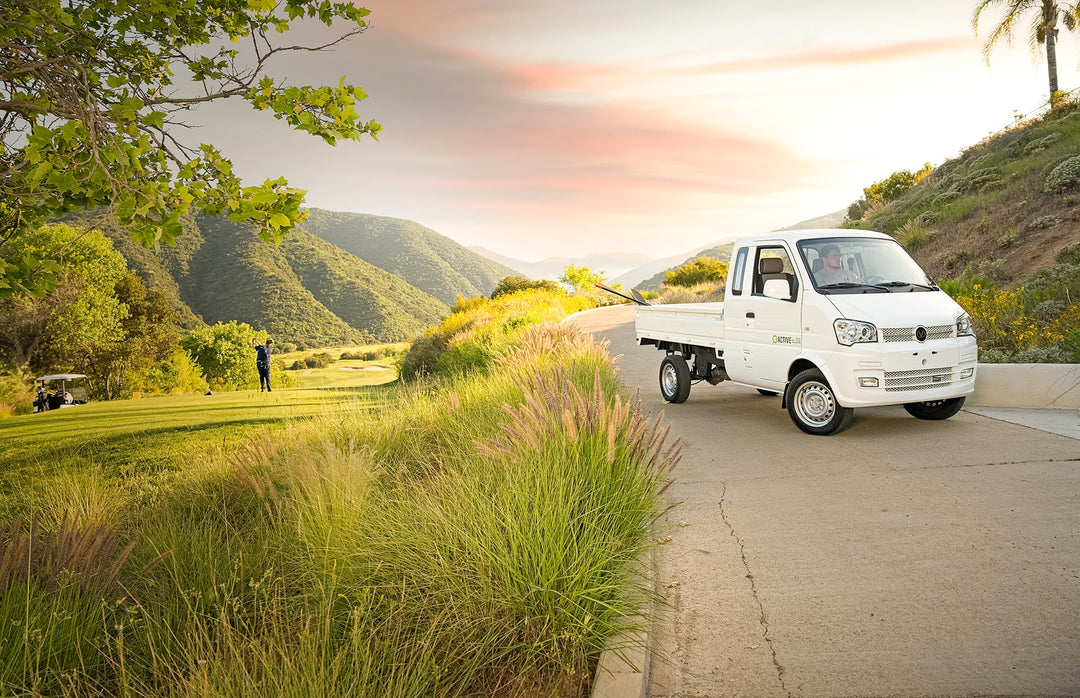
Speed Limits for LSVs
By law, low-speed vehicles are restricted to roads with posted speed limits of 35 mph or less. This limitation ensures safe integration with other traffic and helps define their practical use cases. With a top operating speed between 20 and 25 mph, LSVs are ideal for confined areas where full-sized vehicles are unnecessary or impractical.
While not built for highways, LSVs provide a legal and efficient solution in low-speed environments such as campuses, private communities, resorts, and downtown business districts.
Benefits of an LSV Over a Traditional Cart
Although low-speed vehicles and golf carts are often confused with each other, there are significant distinctions. LSVs are street-legal and meet federal safety standards—golf carts generally do not. For organizations that need vehicles capable of operating on public roads, low-speed vehicles offer greater legal flexibility and enhanced safety.
Additional advantages include:
- Higher performance and reliability
- Road-use eligibility with title and registration
- Compliance with occupational and safety standards
- Superior build quality with standard automotive features
- Broader operational applications beyond golf courses
In short, low-speed vehicles offer a professional-grade solution for businesses and institutions that demand more than what traditional carts can provide.
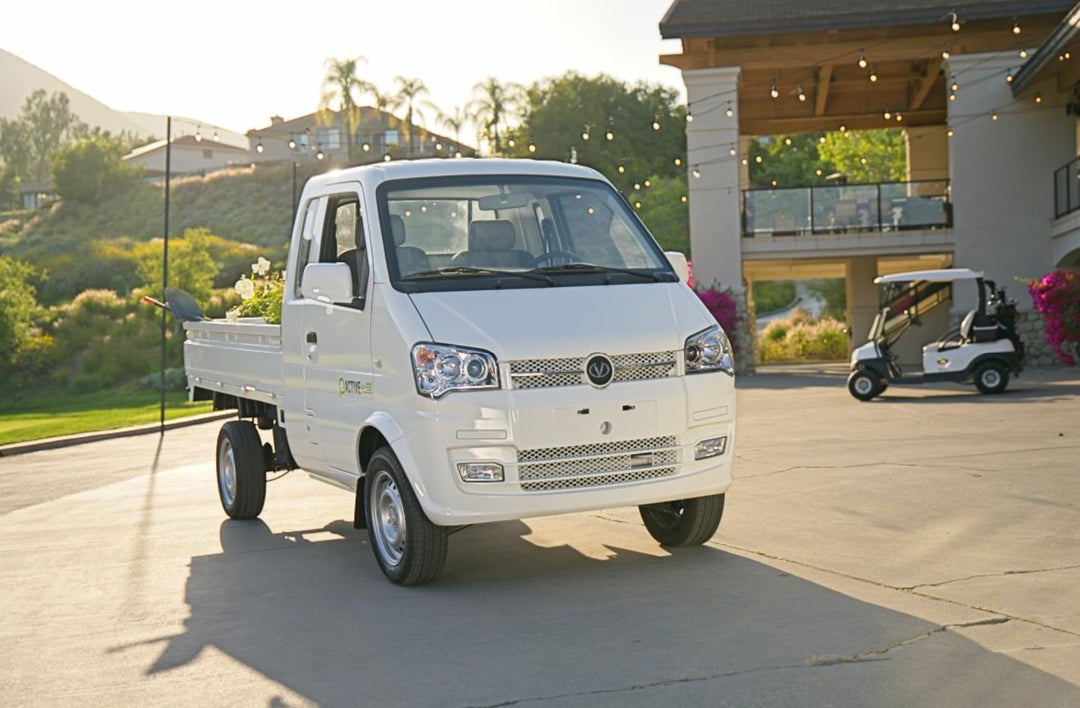
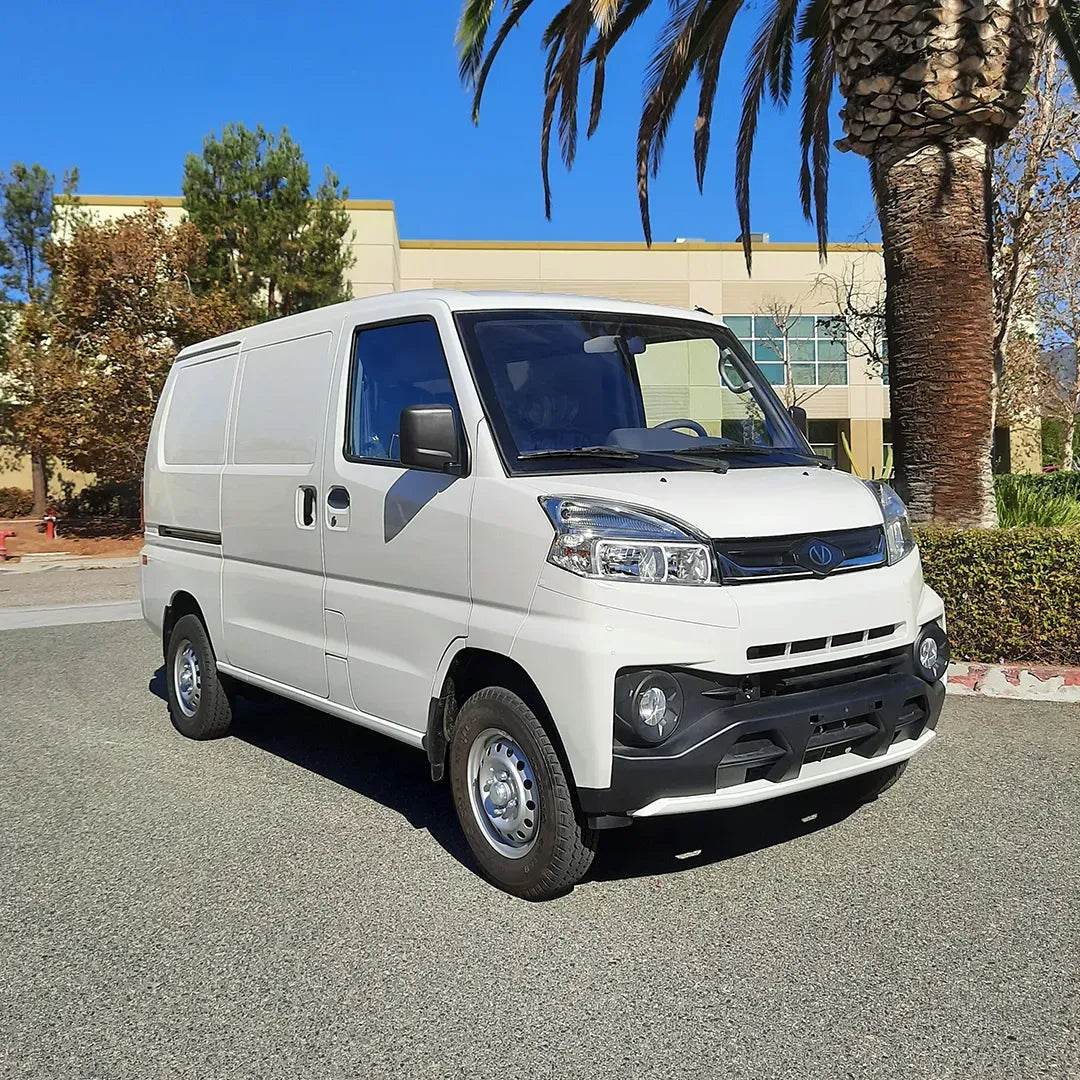
Operating Environments for LSVs
Low-speed vehicles are widely used in both public and private sectors. Their adaptability and compact design make them ideal for a wide range of working environments:
Low-Speed Vehicle Models
Most LSV vehicles fall into two main categories: gas low-speed vehicles and electric low-speed vehicles. Each has distinct advantages depending on operational needs.
Electric Low-Speed Vehicles
Quiet, emissions-free, and energy efficient, these models are ideal for indoor or noise-sensitive environments. They require minimal maintenance and can be charged overnight using a standard outlet or upgraded to faster Level 2 charging.
Gas Low-Speed Vehicles
Gas-powered models offer extended range and quick refueling—ideal for heavy-duty or all-day outdoor applications. They are well-suited for remote locations or high-demand use cases like construction sites or large parks.
The right choice depends on factors such as range, terrain, refueling infrastructure, and environmental goals. Many fleets use a combination of both gas and electric low-speed vehicles to optimize operations.
Features of Vantage’s Low-Speed Vehicles
Vantage Vehicle manufactures a full line of gas and electric low-speed vehicles (LSVs) designed for commercial use. With over 25 years of experience, we know how to engineer vehicles for safety, durability, and superior performance in professional environments.
Key features include:
- Long-Lasting Lithium Battery Systems: Vantage’s electric models use 100% lithium battery technology for longer life, reliable power, and rapid charging options.
- Fully Enclosed Cab: All our LSV vehicles come standard with a fully enclosed cab featuring lockable doors, heating, defrost, and ventilation.
- Extended Range: Optional high-capacity battery packs offer a 30–50 mile range depending on configuration, supporting long workdays without interruption.
- Electro-Hydraulic Lift Options: Specialty LSVs can be equipped with man lifts, dump beds, refuse hoppers, and more to expand functionality.
Customization Options: Add-ons include ladder racks, pipe racks, rear hitches, backup cameras, snow tires, medical kits, and solar panels—allowing organizations to tailor each unit to their exact needs.
All of our electric low-speed vehicles are street-legal and fully compliant with federal safety standards. Select gas-powered models are also street-legal when properly equipped and registered according to local and state regulations.
Whether your business requires a facility maintenance vehicle, guest shuttle, cargo transporter, or LSV for landscaping, Vantage offers durable, compliant solutions ready to integrate into your fleet. Feel free to contact us for more information on our low-speed vehicles.
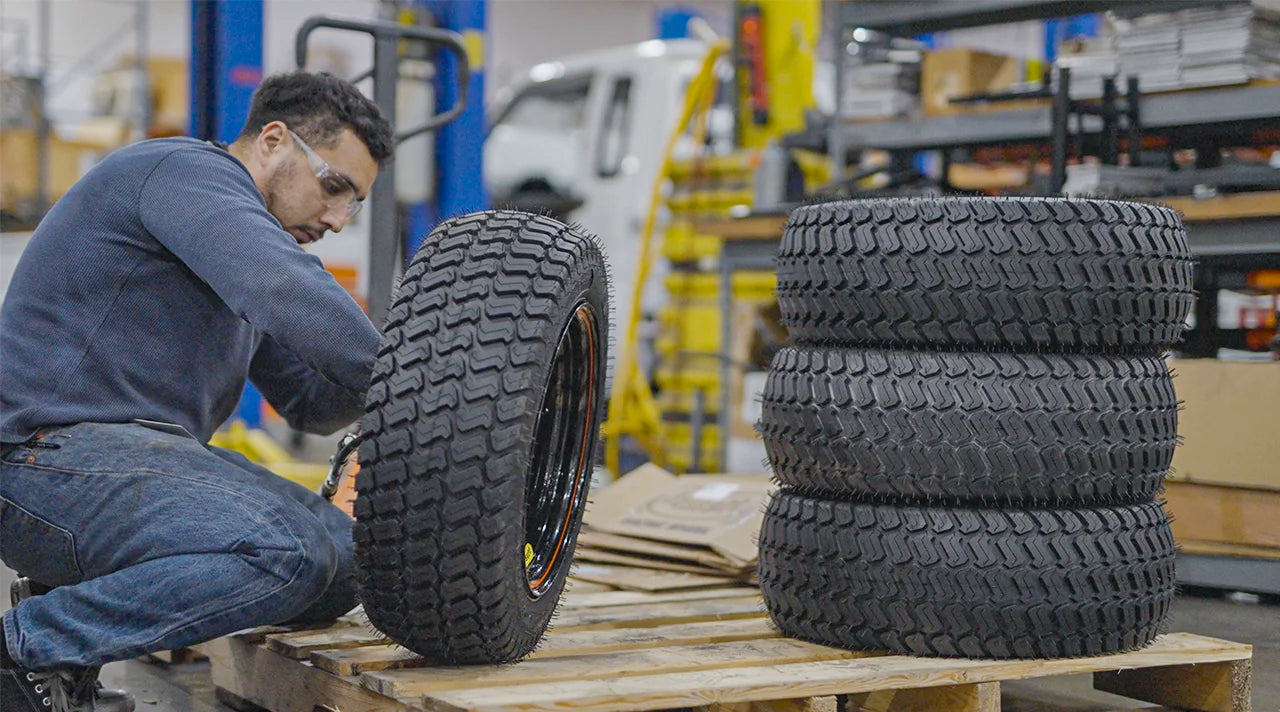
Customize Your Vehicle
Customize your Vantage Vehicle and create the vehicle that fits your business needs.








